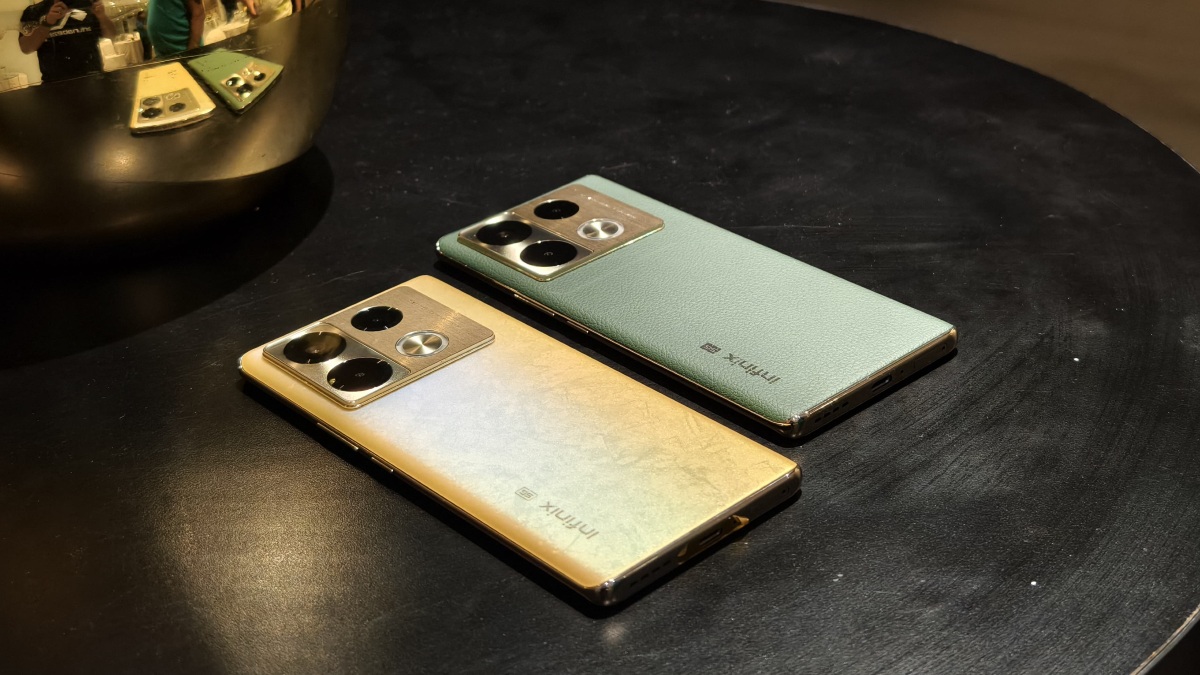Just In
- 11 min ago

- 1 hr ago

- 18 hrs ago

- 18 hrs ago

Don't Miss
- Movies
 Aavesham Box Office Collection Day 11 Prediction: Fahadh Faasil's Movie To Maintain Strong Performance
Aavesham Box Office Collection Day 11 Prediction: Fahadh Faasil's Movie To Maintain Strong Performance - Sports
 Pakistan vs New Zealand 3rd T20I: Rawalpindi Cricket Stadium Pitch Report, Weather Forecast, T20 Record & Stats
Pakistan vs New Zealand 3rd T20I: Rawalpindi Cricket Stadium Pitch Report, Weather Forecast, T20 Record & Stats - Finance
 1:6 Split Soon: Metal Giant Vedanta Announces Q4 Results Data; Key Factors To Watch, BUY OR SELL?
1:6 Split Soon: Metal Giant Vedanta Announces Q4 Results Data; Key Factors To Watch, BUY OR SELL? - News
 US House Passes $95 Billion Aid For Ukraine, Israel And Taiwan
US House Passes $95 Billion Aid For Ukraine, Israel And Taiwan - Lifestyle
 Ananya Panday Ups Her Summer Style Game For Femina Magazine Shoot, Get Inspired!
Ananya Panday Ups Her Summer Style Game For Femina Magazine Shoot, Get Inspired! - Education
 Assam Class 10 Result 2024 Declared: Anurag Emerged as the Top Performer With 593 Marks
Assam Class 10 Result 2024 Declared: Anurag Emerged as the Top Performer With 593 Marks - Automobiles
 Tata Altroz Records a 55% Sales Growth in March 2024
Tata Altroz Records a 55% Sales Growth in March 2024 - Travel
 Journey From Delhi To Ooty: Top Transport Options And Attractions
Journey From Delhi To Ooty: Top Transport Options And Attractions
Scientists Develop Live Robots With Frog Cells That Might Redefine Healthcare
It might sound appalling, but a team of scientists has discovered live robots. Researchers have repurposed living cells, taken from frog embryos and then assembled into new life forms. Dubbed as Xenobots, the millimeter-wide life forms can move in small places and carry a payload as well. Applications in the medical field are imminent, researchers say.

Plus, these new robots can heal themselves after being cut, giving them a longer life span. "They're neither a traditional robot nor a known species of animal. It's a new class of artifact: a living, programmable organism," notes Joshua Bongard, a computer scientist and robotics expert at the University of Vermont who co-led the new research.

Live Robots: What Is It?
The live robots were designed and developed on a supercomputer at UVM and then tested by biologists at Tufts University. The idea of manipulating living organisms and copying body forms for human benefit isn't something new. However, this is the first time scientists have developed biological machines from scratch.
The team led by lead author and doctoral student Sam Kriegman, used an evolutionary algorithm to develop thousands of candidate designs for the new life-forms on the Deep Green supercomputer and was published in PANS. The program was fed the basic rules about biophysics of what a single frog skin and cardiac cells were capable of.

Nearly a hundred independent algorithm runs were conducted to select the most promising designs. Next, the team at Tufts worked with microsurgeon to transfer the silicon designs into life. Stem cells from an African frog (Xenopus lavevis, giving the name Xenobots) were harvested in the embryos. Assembled into body forms, the cells began working together.

Technology Comes To Life
Many of our gadgets and other technologies are made of steel, plastic, silicon. While it makes it strong and flexible, it also creates an ecological imbalance and human health problems. Bongard notes that living tissues are weak and degrade quickly. "But organisms have 4.5 billion years of practice at regenerating themselves and going on for decades," he says.
Even when tissues die, they're harmless to the environment. What's more interesting is that the live robots were sliced into half and surprisingly, it stitched itself and kept going. "This is something you can't do with typical machines," Bongard says. This is organic computation, which the authors explain as the information is shared and cooperated between cells.

The reconfigured organisms were found moving coherently and could explore watery environments for days and weeks together. The immediate application the researchers are suggesting is healthcare, where the Xenobots can be sent to pick a payload like medicine and carry it to the specific place inside the patient.
What About Ill-Effects?
Of course, the concerns on rapid changes in technology and complex biological manipulations have been rising. "When we start to mess around with complex systems that we don't understand, we're going to get unintended consequences," the scientists agree. At the same time, researchers note that a better understanding of complex properties is essential for mankind to survive.
-
99,999
-
1,29,999
-
69,999
-
41,999
-
64,999
-
99,999
-
29,999
-
63,999
-
39,999
-
1,56,900
-
79,900
-
1,39,900
-
1,29,900
-
65,900
-
1,56,900
-
1,30,990
-
76,990
-
16,499
-
30,700
-
12,999
-
18,800
-
62,425
-
1,15,909
-
93,635
-
75,804
-
9,999
-
11,999
-
3,999
-
2,500
-
3,599












































